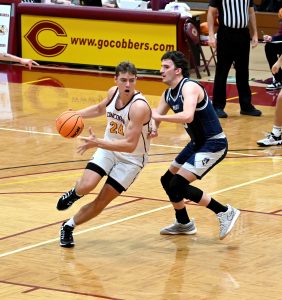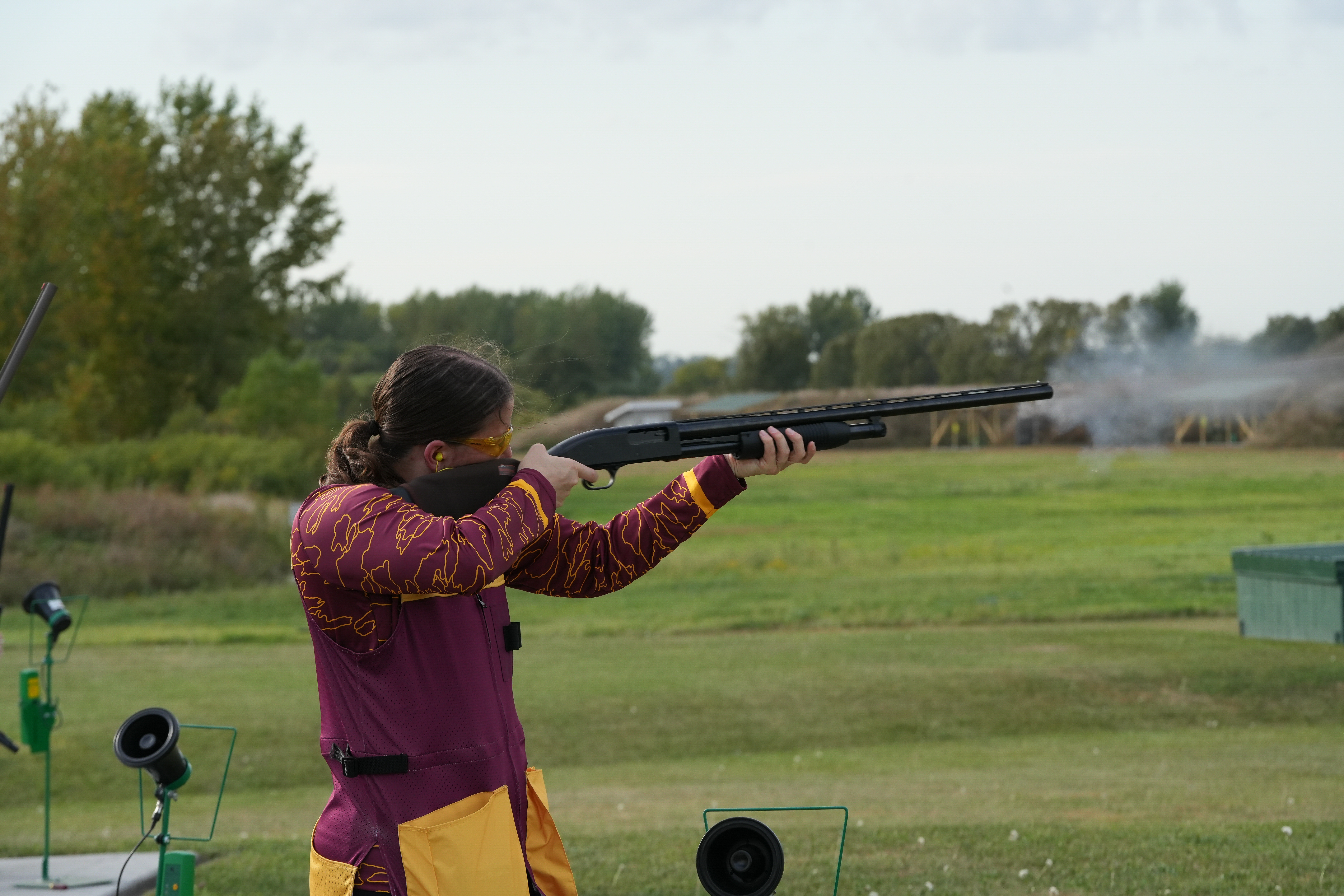As the snow begins to melt and temperatures begin to rise, spring is upon us. That means longer days, greener trees, and 5K races popping up all over the Fargo-Moorhead area.
Ever done one?
3.125 miles (or five kilometers) sounds like a feasible distance, until you’re actually trudging along the black pavement, listening to the frantic pant of your own breathing, and your legs feel like they weigh a hundred pounds – each.
If that sparks your interest, but you’re not sure where to begin, no need to fret.
Men’s track coach and 5k enthusiast Garrick Larson has a simple routine to get you off of the couch and onto the pavement, or trail, in no time. Scan the QR code to view Larson’s training plan, and perhaps you’ll even be ready for a 5k run.
According to Larson’s program, over the course of 27 weeks you will work toward building the endurance needed to fully run a 5K.
As the weeks progress, the amount of time spent running increases while the amount of time spent walking decreases.
“Training for a 5K is essentially stair stepping,” said Garrick Larson, Concordia track and field coach.
Larson, an experienced runner, has mostly dealt with hefty half-marathons, but that’s not to say he isn’t experienced with 5K races, too.
Larson says for someone who isn’t used to any type of regular exercise, training for a race is merely a matter of alternating between running and walking.
Concordia junior and avid runner Tayler Vatnsdal used this method of training when she began training for 5K races in high school.
“I would always start by running, like, three minutes, then walking five,” Vatnsdal said.
Vatnsdal said she continued this rhythm for about a half hour each time she trained.
Week by week, she slowly increased her running time and decreased her walking time until she was running the entire half hour, which is about the equivalent of the average 5K.
“(Running) a race of any distance is a really accomplishing feeling,” Vatnsdal said with a smile.
Larson said one of the most crucial parts of training is getting mentally fit.
“The first time you run three miles it seems like forever, but then you start running five and that seems like forever,” Larson said. “As you get in better physical shape, you get mentally desensitized and you stop noticing how long you’re running.”
Vatnsdal agreed, saying the hardest part of training was tricking her mind into thinking she wasn’t tired.
So if you think you’ve got what it takes to build your physical and mental endurance, hop to it. Spring and the 5K races are quickly approaching!
Larson’s final piece of advice?
“Just get yourself out the door,” he said. “That’s the hardest part.”
Follow the link below to find a 28-week training planner that you can print for your use.
https://theconcordian.org/2013/03/12/28-week-5k-training-plan









Be First to Comment